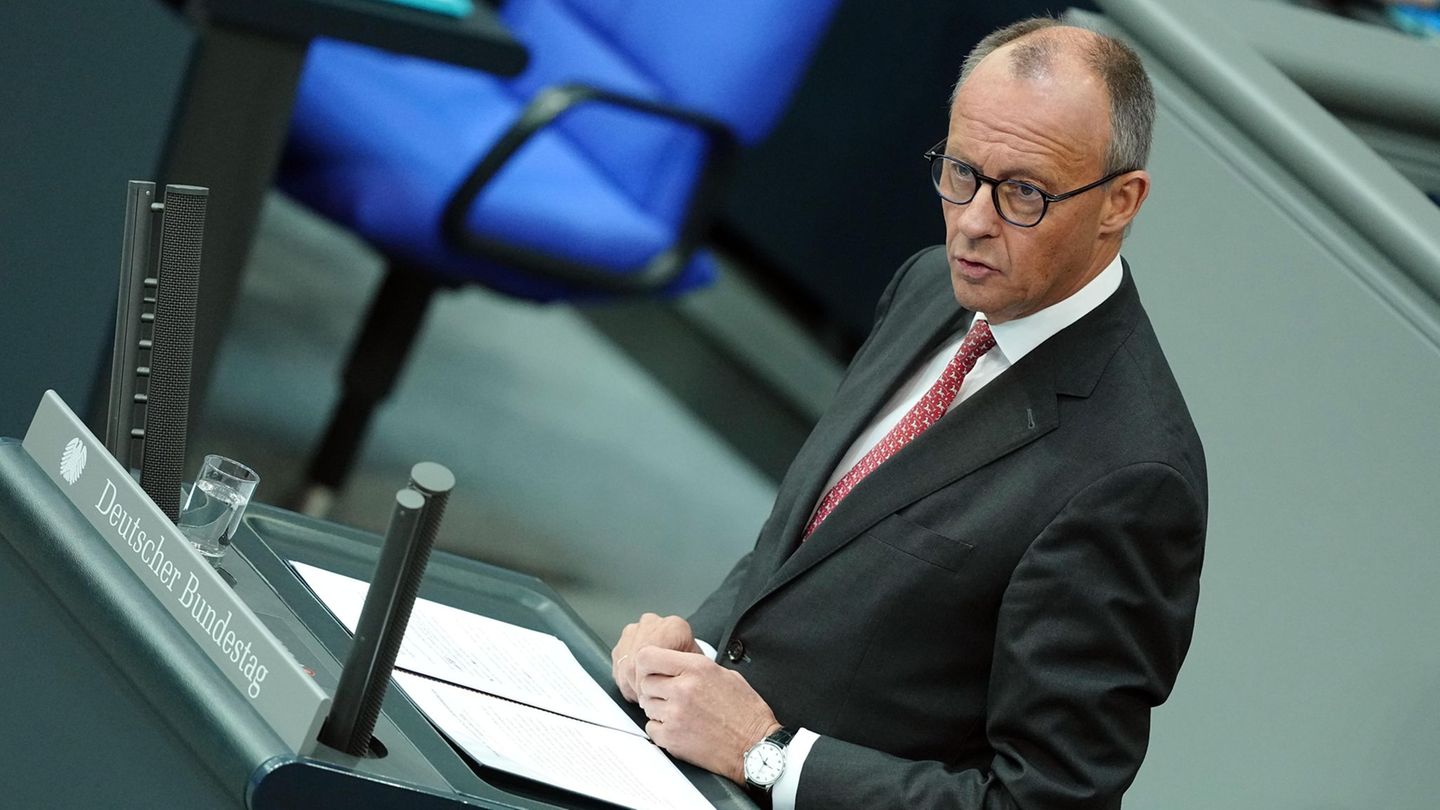This can not only be determined, among other things, on the current, partly record -breaking fires in the Mediterranean, but also in this country. A team led by Florian Kraxner and Andrey Krasovskiy is looking for future forest fire hotspots with a sophisticated system, among other things. This should help to make forests for the future.
- Read: Hot week ends with thunderstorms: “Long mountain tours are absolutely taboo”
Experts at Geosphere Austria are currently delivering a risk of forest fire for the future that extends into the future in about three days. Long -term precipitation data and short -term weather forecasts serve as the basis for this. This system is sufficient for the immediate preview, said Florian Kraxner, who was working at the International Institute for Applied System Analysis (IIASA) in Laxenburg near Vienna.
With his team, he heads a project called “Austria Fire Futures” as part of the Austrian climate research program (ACRP) and has been researching partners from the University of Natural Center Vienna and the Federal Research Center for Wald (BFW) for several years in detailed recording of the combustible material in the forests of various world regions. The scientists speak in the context of “fuel” – which can be translated with fuel in German.
- Read too: Forest fires in Greece: Thousands have to flee

How fire is a job in 100 years?
In contrast to other approaches, “we look at the IIASA with our models in the long term into the future. We are trying to identify global fire risk hotspots,” said Kraxner. To do this, the probability of forest fires is calculated with the own-developed model called “Flam”, the potential expansion, intensity and the emissions of pollutants through them under various climate scenarios, regional population development and forest forms for the coming decades.
The experts want to dissolve as precisely as possible, “what grows and lies on the ground” and how moist the soil and the fuel are. Also how close human activities take place is an important factor. A special feature is also the special calculation of the so -called “forest fire fighting efficiency” – i.e. how quickly a fire can be discovered and fought or deleted.
Ultimately, you want to estimate how dangerous a job will be in ten or in 100 years. The goal is to give recommendations for forest management when it comes to reducing the available “fuel” in a particularly endangered area in the medium term. This requires more than just whether it is a mixed forest in Lower locations or a high forest that is more formed by conifers. “Ultimately, we want to make recommendations on how we make our forest climate,” emphasized Kraxner.
- On the subject: Forest fires in Spain: a dead in the north of Madrid
“Need active forest conversion”
For example, there is already a system of the Federal Research Center for Wald (BFW) with various traffic light colors for various tree species in different altitudes in Austria. Kraxner and his team can then provide information about the question of the future fire risk – also tailored to the economic, tourist or ecological functions that the forest is supposed to fulfill.
The further development of the forest does not happen on its own. Of course, if you actually have a certain spruce at a certain point, the chance is high that a spruce is followed by a spruce at the same place – which is also overwhelmed with the rising temperatures, the increasing bark beetle infestation and any water shortage. “So we don’t get any change,” said Kraxner: If you want a future fit for the future, you have to “actively, massively and over a long period of time”.
The necessary “transition” or forest conversion is just a big task for which short-term dangers and long-term developments have to be taken into account. Constant analyzes can also be decided better where fire brigade units are to be stationed in the future or now, “in order to achieve the hotspots of the future as quickly as possible”.
It is clear: “There will be more fire” that needs to be deleted quickly – also in Austria, for example in southern Lower Austria, in large parts of Carinthia or in the border area between Salzburg and Upper Austria. Municipalities, forest owners, forester and forest administrator must be integrated here, for example to give tourists more information about avoiding fire or to block particularly endangered hiking routes during dry times. The knowledge that you live or vacation in a hotspot region can do a lot.
Austria, South Korea and Sardinia in focus
The “Flam” model works globally on a grid of around 50 by 50 kilometers, in Austria you can already get one kilometer to 500 meters. In addition to global analyzes, the scientists, among other things, can also again the situation in South Korea, or in the Sardinia with the highest resolution, which is once again affected by strong fires or in the Sardinia again this summer. The team works intensively with experts from these countries.
The fire-taking risk and the expected fire area, according to which the ampellogic is ultimately based on the following assessment of the hazard is calculated. Detail on the side: In hardly populated areas in the north, lightning strike is the greatest fire trigger, in our latitudes it is almost always man.
Changed rain patterns
As for climate warming, we are unfortunately on a very bad path, “emphasized Kraxner. If you look at the climate paths with the model with currently realistically high temperature increases, there are also a bit of higher forest areas that can be expected for all federal states. While around 65 hectares burned in the period from 2001 to 2020 nationwide, it would be between around 85 and almost 100 hectares per year when looking at the unfavorable climate scenarios towards the end of the century (2081-2100). According to an evaluation of the team, the largest expected fire areas with up to almost 25 and 21 hectares are expected annually in Lower Austria and Tyrol as well as in Carinthia (around 16.5 hectares).
The climatic changes to the local forest systems already have a strong impact. There were hardly any major forest fires in our latitudes. In recent years, however, the trend in Germany is also towards flat fire. This is “very striking” changing precipitation patterns.
A lot of rain in summer, like this year, is good to reduce the fire risk in the hotter season. However, the snow from winter, which is slowly melting in the spring – as in many years – lacks moisture in spring and the following seasons. Especially then nature needs the moisture in particular to keep the fire probability over the year low, emphasized Kraxner.
Source: Nachrichten



